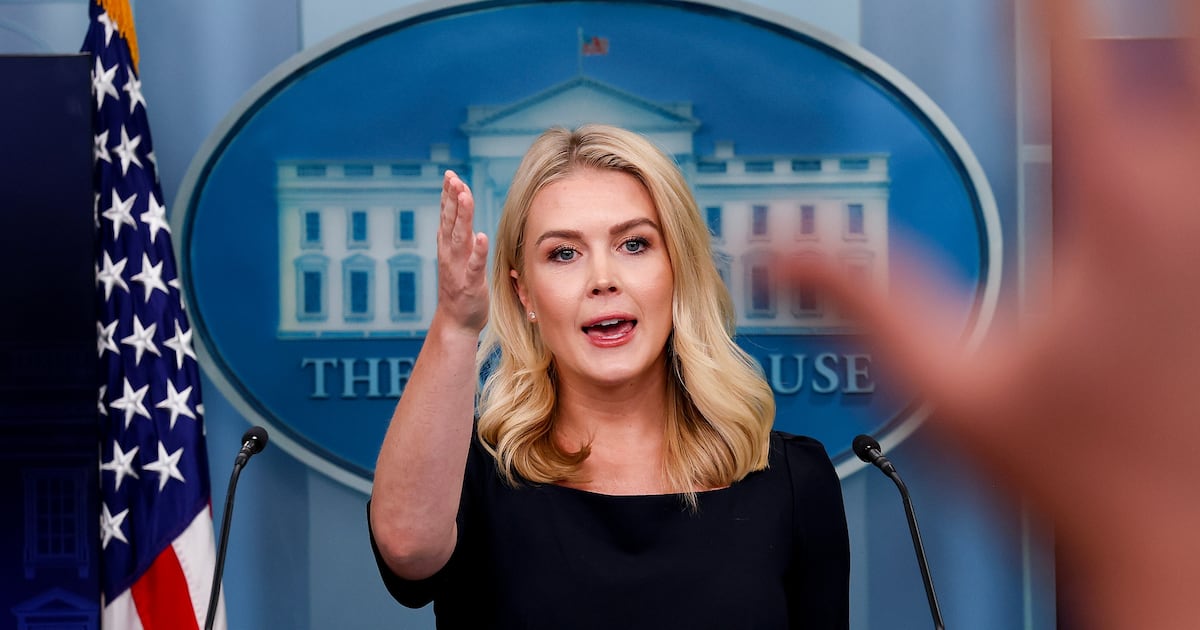When a mob of left-wing students Thursday prevented author Charles Murray from speaking at Middlebury College in Vermont, forcing him into a closed room where he live-streamed his presentation, it was a familiar moment for those of us who were politically active in the late ’60s and ’70s. We experienced the rising view on the left that those they labeled and opposed as “reactionary” or “fascist” had no right to free speech, the thesis propagated by the late and then popular Marxist philosopher, Herbert Marcuse, in his once famous 1965 essay, “Repressive Tolerance,” first published in The Critique of Pure Tolerance.
As Murray and Allison Stanger, a professor who had engaged in a dialogue with him, made their way to a car after the event, masked students and protestors—some from outside the college and few of whom I’d wager had read Marcuse even as they brought his argument to life—attacked them. Stanger’s hair was pulled, and she had to go to the hospital for a neck brace. Once they were in the car, protesters banged on its doors and windows and jumped on its hood, with the pair only able to leave after the Middlebury Police Department arrived and cleared a path for them. “What transpired instead felt like a scene from Homeland,” Prof. Stanger later wrote on Facebook, “rather than an evening at an institution of higher learning,”
Murray, most recently the author of Coming Apart: The State of White America, 1960-2010, had been invited to speak at the college on the book. The students who invited him felt, accurately, that his views on the topic might provide them with insight into the current political situation as many of the people Murray had written about had supported and voted for Donald Trump.
The protesters, though, turned their ire on his highly controversial 1994 best seller, The Bell Curve: Intelligence and Class Structure in American Life, in which Murray and co-author Richard Herrnstein argued that there is a significant correlation between an individual’s IQ, and their success or failure in life. Using current research and statistics, and many charts, they went even further in the nature vs. nurture debate, by claiming that IQ itself was mainly, though not wholly, based on genetics. In their bell curve, Asians scored slightly higher than whites and blacks were significantly lower than whites. As Malcolm W. Browne wrote in a very critical review, according to the authors, if this divide is not addressed “America may soon be permanently split between an isolated caste of ruling meritocrats on one hand and a vast, powerless Lumpenproletariat on the other.”
The book was not, as some of the student protestors argued, a Nazi-like defense of eugenics. As Browne noted, “Nowhere do they [Murray and other authors discussed] advocate the measures championed by the eugenicists of the 1920’s and 1930’s, whose ideas were appropriated and perverted by the Nazis as the rationale for the Holocaust. Indeed, the authors of ‘The Bell Curve’ say that the granting to any government or social institution of the power to decide who may breed and who may not is fraught with such obvious dangers as to be unacceptable.” Browne ended his essay by agreeing with the authors that “the time has come to rehabilitate rational discourse on the subject [of intelligence.] It is hard to imagine a democratic society doing otherwise.”
Certainly, Murray’s book came under fire and elicited numerous critiques. The way it should be handled was exemplified by the New Republic, when it was still a serious journal of opinion. The magazine excerpted the book, and many readers, including a good number of the magazine’s own editors, objected strenuously to its thesis. The editors did what any respectable journal would have done: They followed the excerpt with dissenting responses. The dissents were specific and scathing. Intelligent readers could assess the Murray-Herrnstein case for themselves, and after reading the responses, decide whether their argument had any merit.
It is doubtful that many of Middlebury’s student protesters had read the book. “I was genuinely surprised and troubled to learn that some of my faculty colleagues had rendered judgement on Dr. Murray’s work and character,” Prof. Stanger wrote in an open letter to the Middlebury community, “while openly admitting that they had not read anything he had written.”
Nevertheless, they were certain that Murray was a racist, a eugenicist, and a conservative—in other words, the right-wing enemy. While Middlebury’s president, Laurie Patton, said that she was “deeply disappointed” by the protest, and apologized to those who came and wanted “in good faith to participate in a serious discussion,” and to Murray and Stanger “for the way they were treated during the event,” the faculty was conspicuously silent.
Some of those professors have surely read Marcuse, who argued now that capitalism had exhausted itself, the old paradigm of tolerance was no longer relevant. Instead, being tolerant serves the need of the oppressors who use it to hold onto and protect their power. It was thus the duty of the left to deny the free speech of the right, since the only truth lay with those who were oppressed. The masses, he said, had to be freed from the “indoctrination” imposed on them by the unjust “established society” by preventing those propagating the values of the capitalist system from speaking and having influence.
Consequently, he calls for “the withdrawal of toleration or speech and assembly from groups or movements which promote aggressive policies, armament, chauvinism, discrimination on the grounds of race or religion.” In the end, Marcuse called for intolerance to be directed at “the self-styled conservatives, [and] to the political Right.”
Today’s protesting students at Middlebury probably never heard of Marcuse, but many of their professors and older alumni certainly did, or if not they were influenced by his thinking. That is why it is hardly a surprise to find that 450 Middlebury alumni wrote an open letter titled “Charles Murray at Middlebury: Unacceptable and Unethical.” Their letter is a model example of how Marcuse’s tortured ideology is now being expressed on college campuses. First, they establish that Murray is a “white nationalist” by quoting the left-leaning Southern Poverty Law Center, a sometimes admirable but not always reliable authority that’s been the subject of debunking on both the left and the right.
Having accepted the SPLC’s verdict on Murray, the alumni write that their call to keep him off the campus “is not an issue of free speech.” Of course, they claim that Middlebury students must hear “a diverse range of perspectives,” including those in which “our beliefs were questioned and our assumptions challenged” but in Murray’s case, “the principle does not apply.” That is because they believe that Murray argues for “the biological and intellectual superiority of white men” and does so pretending to have “academic authority.” Then they falsely accuse him of promoting “eugenics,” and of “genocidal white supremacist ideologies.” Somehow, I don’t think any of these alumni signers would have protested an appearance by noted eugenicist and birth control advocate Margaret Sanger, if she was still with us.
They assert that Murray shows in all his books “the same disregard for basic standards of research and peer review.” In fact, many academics thought The Bell Curve raised substantive issues that needed discussing. Wouldn’t students have learned a better lesson had they been allowed to hear Murray’s talk, and then heard the discussion when he was challenged during the Q and A? Using the phrase recently uttered by Kellyanne Conway, they proclaim his books are composed of “alternative facts.” So rather than have academic debate, they call the invitation to hear Murray a “threat.”
As events showed, it was a threat—one that did not come from Charles Murray, but from the student mob of self-righteous uninformed leftists who prevented him from speaking, and who threatened Murray’s First Amendment rights. (In a tweet, Murray quipped that “I don’t think physical assault is covered by lst amendment either. But I’m not a constitutional scholar.”)
Echoing the old Marcuse argument, whoever wrote the alumni letter said there was no “other side” to debate, “only deceptive statistics masking unfounded bigotry.” In other words, only those who take the “right” (as in “left”) position have the right to be heard, and those who don’t have to be stopped from speaking.
The late professor Marcuse must be looking down at Middlebury College with great pleasure.






